
Vaccination is critical for prevention. Once the symptoms appear, the disease is typically fatal without adequate treatment, emphasizes Yung-Tsun Lo, D.V.M, Ph.D, from Bioguard Corporation in Taiwan.
Rabies is a zoonotic disease that is caused by the rabies virus and can affect all mammals, including humans, dogs, cats, ferrets, livestock and wildlife. Once the symptoms become noticeable, the disease is almost always fatal. Therefore, vaccination is crucial for prevention, since there is currently no effective treatment for rabies in any species.
How can a dog get rabies?
The primary mode of transmission for rabies is through the saliva of an infected animal. Infection usually occurs through bites, scratches, or contact with an open wound or mucous membrane, such as those in the mouth, nasal cavity and eyes. Dogs are responsible for more than 95% of human cases of rabies. While most cases in dogs develop within 21 to 80 days after exposure, the incubation period may be shorter or longer.
How does the rabies virus spread within the body?
After entering the body, the virus will remain at the entry site for some time before traveling along the nerves to the brain. Once in the brain, the virus multiplies rapidly and may begin to cause symptoms. The virus then spreads along nerves to the salivary glands, where it can be transmitted to another animal or human through saliva.
What are the clinical signs of rabies in dogs?
Most animals infected with rabies exhibit signs of central nervous system disturbance. The disease is characterized by the development of severe and fatal nervous symptoms that lead to paralysis and ultimately death. After being bitten by a rabid animal, the disease progresses in stages.
The first phase is known as the prodromal phase and lasts for about 2-3 days. During this phase, dogs may experience a marked change in temperament. Usually, quiet dogs may become agitated, while active pets may become nervous or shy.
Following the prodromal phase, there are two recognized forms of the clinical disease. In the furious stage of rabies, the infected dog becomes highly aggressive, and excitable, and shows a strong desire to eat anything in sight, even non-food items like stones or trash. As the disease progresses, paralysis sets in, rendering the animal unable to eat or drink.
Eventually, the dog dies in a violent seizure. It’s worth noting that while humans with rabies may experience hydrophobia (fear of water), this is not a typical sign of rabies in dogs.
Dumb or paralytic rabies is a more common form of rabies in dogs. It is characterized by progressive paralysis of the limbs and distortion of the face. The dog may also have difficulty swallowing, leading owners to think that something is stuck in the mouth or throat. Care should be taken during the examination as rabies can be transmitted through saliva.
Eventually, the dog becomes comatose and dies.
How is rabies diagnosed?
The disease can be suspected based on clinical signs, but laboratory tests are necessary to confirm the diagnosis. Unfortunately, there are no approved diagnostic tests for identifying rabies in living animals. Instead, rabies can only be diagnosed by microscopic testing of brain tissue in a deceased animal.
How is rabies treated?
Once a dog shows symptoms of rabies, there is no known cure. Unfortunately, if your vet suspects that your dog has rabies, they may have to be euthanized, as they pose a risk of spreading the fatal virus to both humans and other animals.
Can rabies be prevented?
Preventing rabies is of utmost importance as there is no effective treatment available for it. The most crucial step towards preventing rabies is to vaccinate dogs. Puppies should be vaccinated at around 12 weeks of age, followed by another vaccination at one year old, and then every three years throughout their lifespan.
Additionally, keeping dogs on leashes and supervising them while outdoors can help minimize the chances of them coming into contact with wildlife. It is also recommended to cover outdoor garbage cans to avoid attracting wildlife.














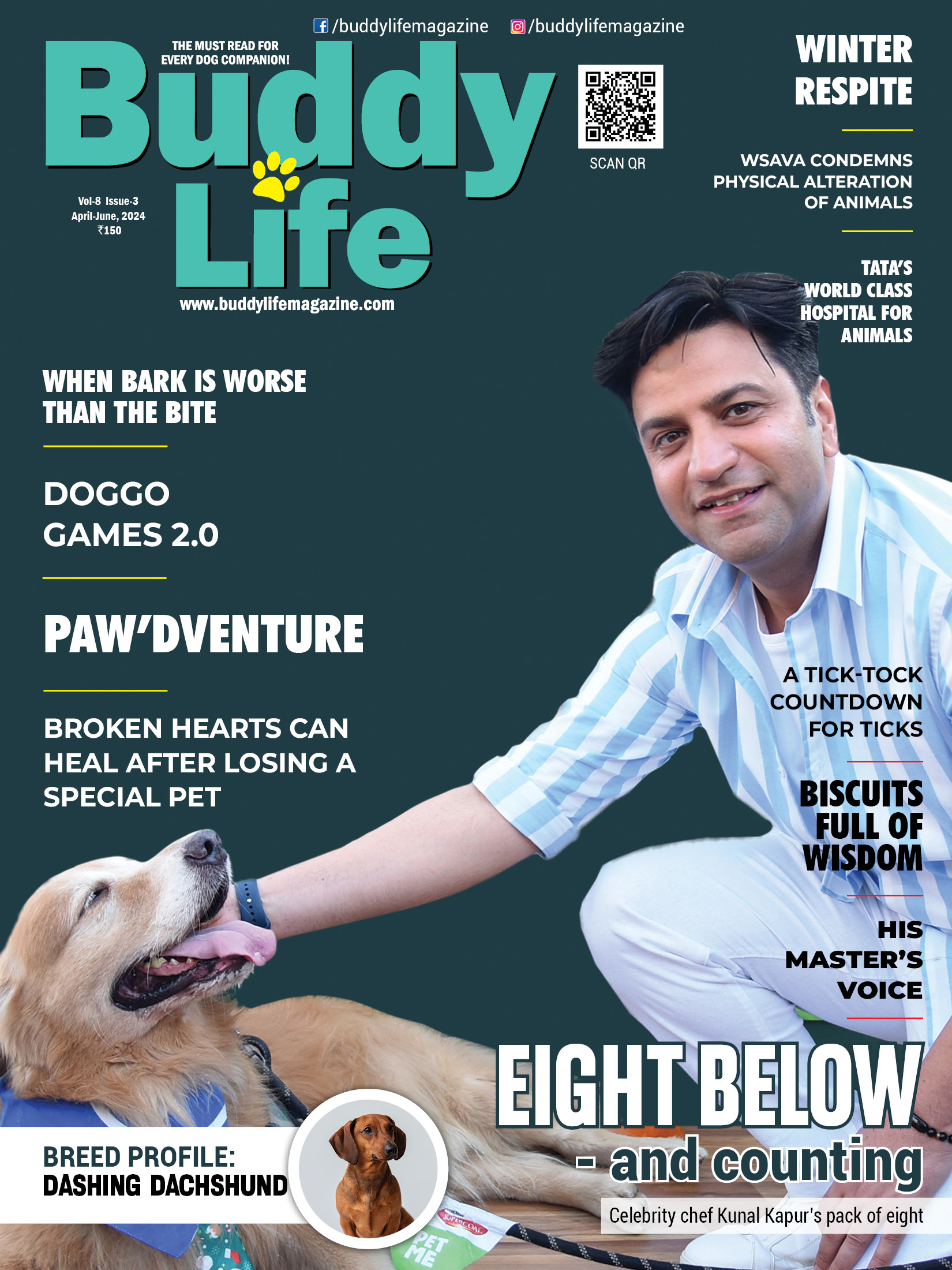




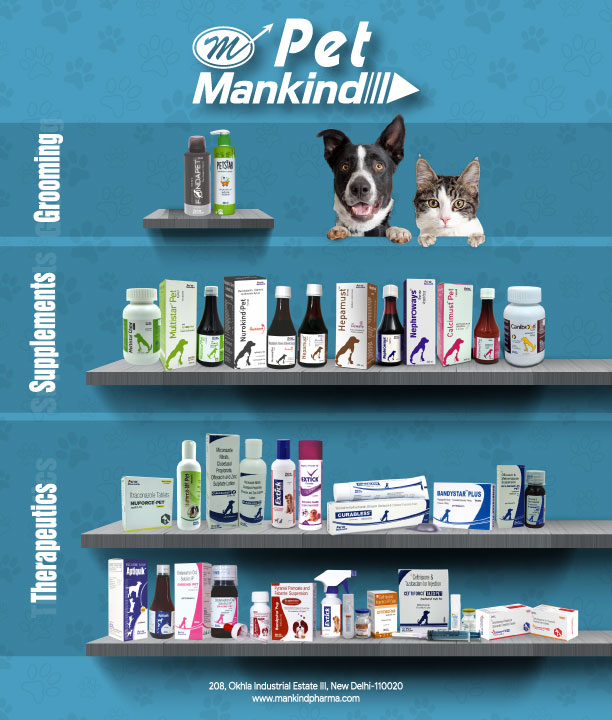
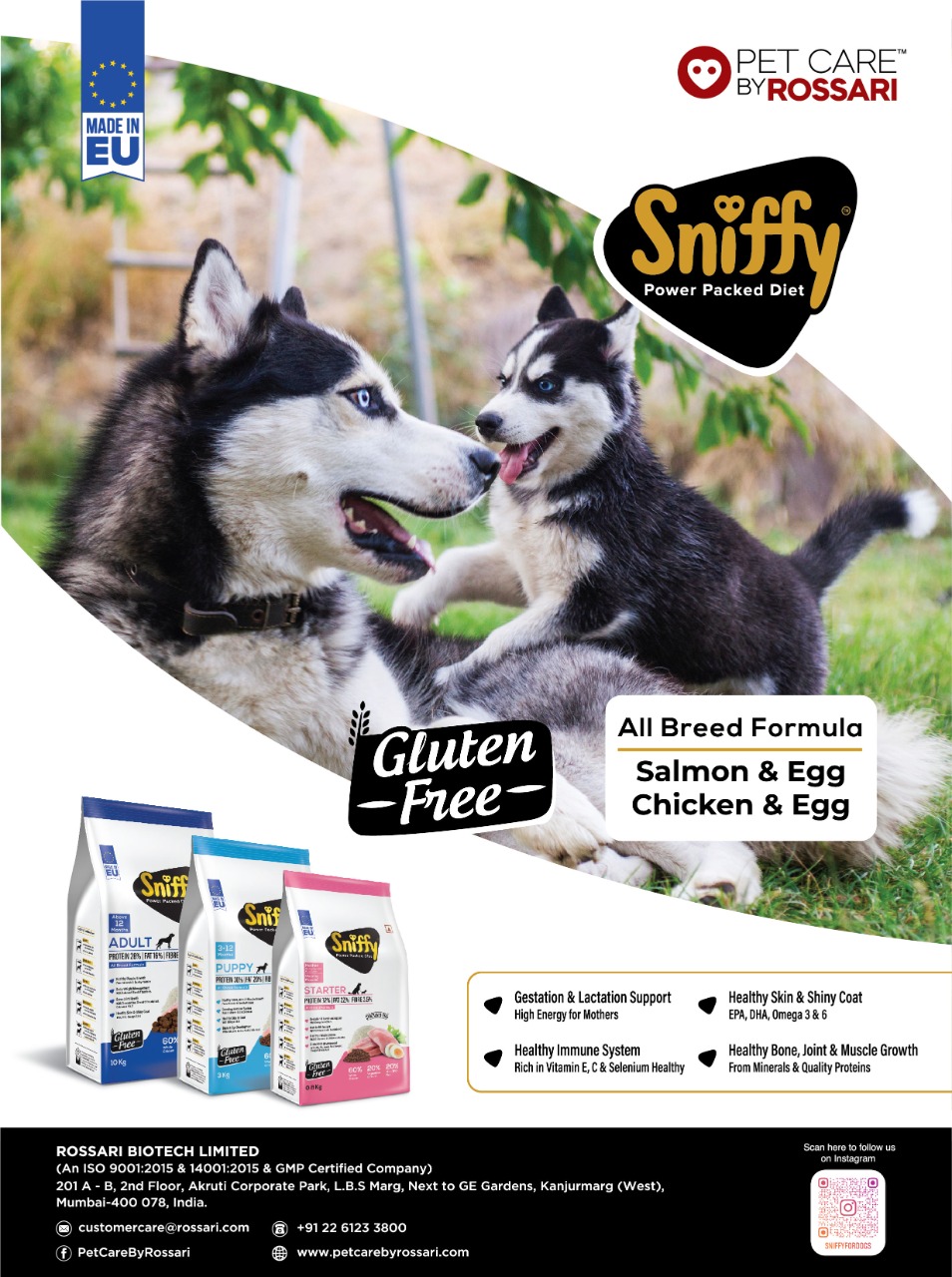
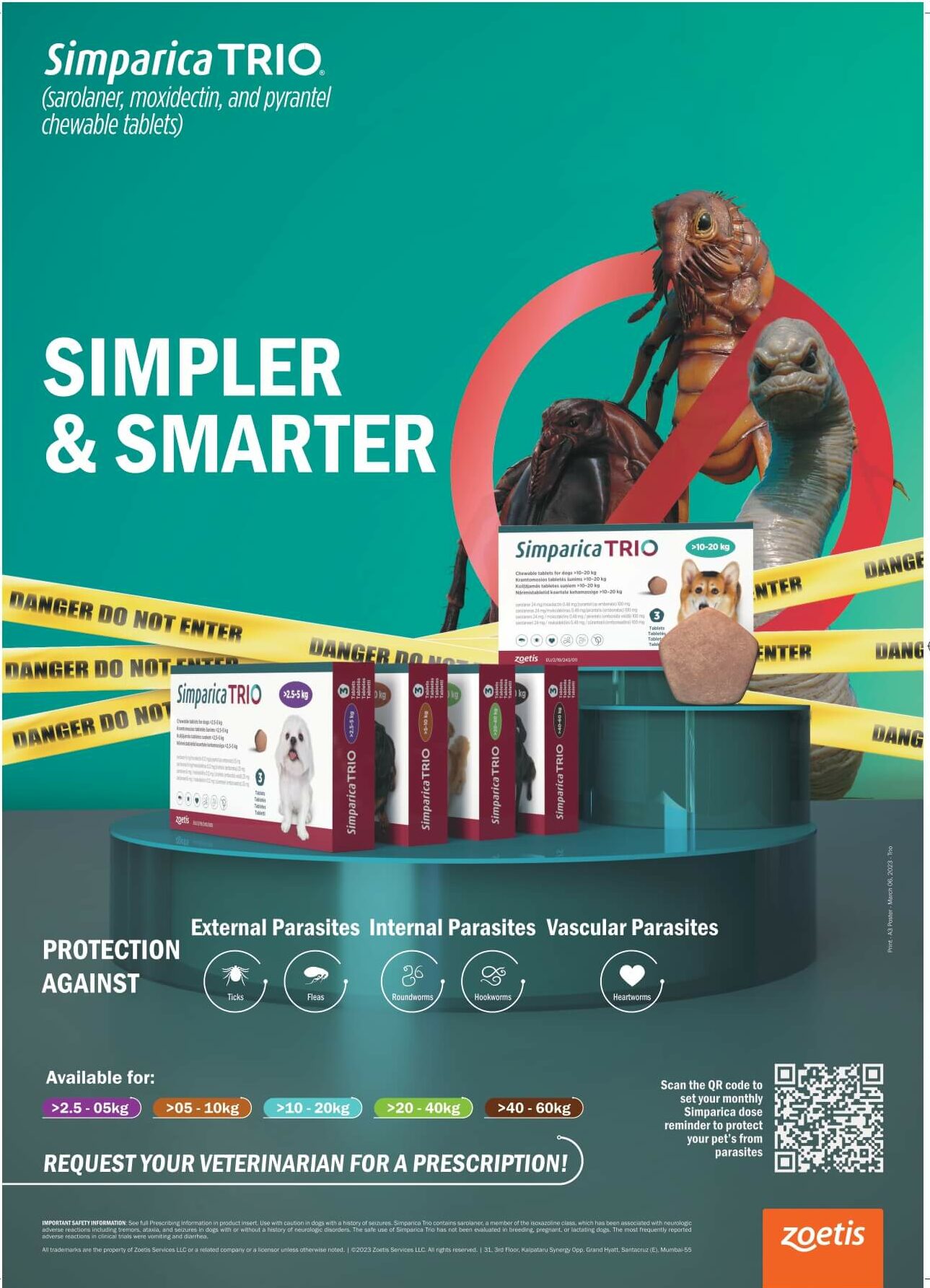
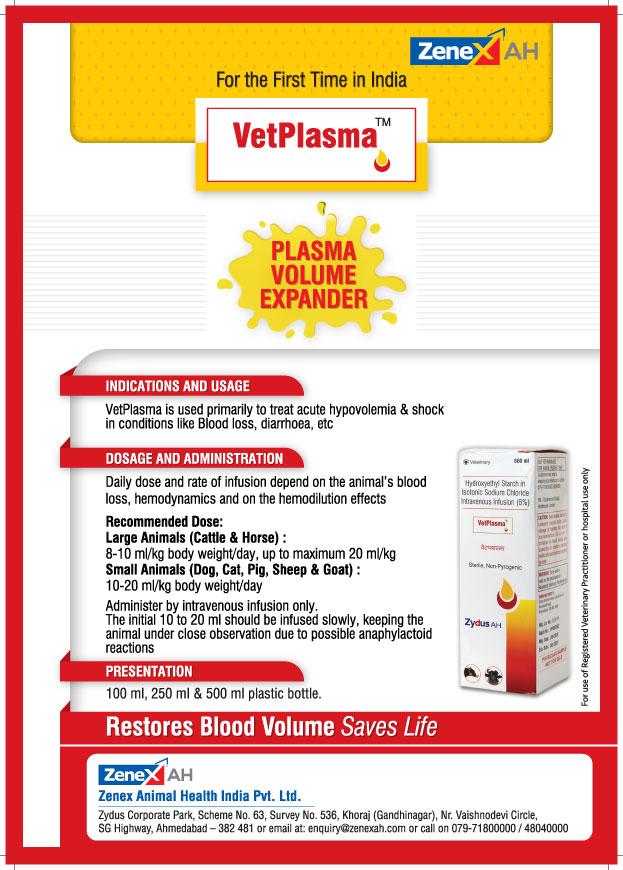

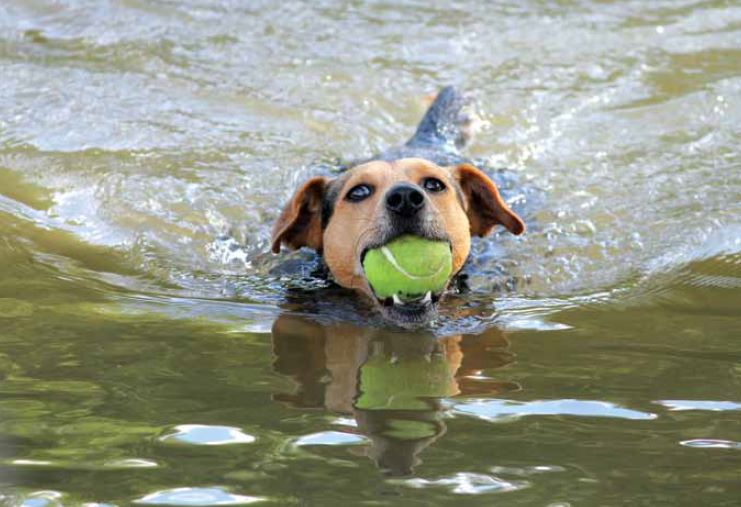 " >
" >
 " >
" >